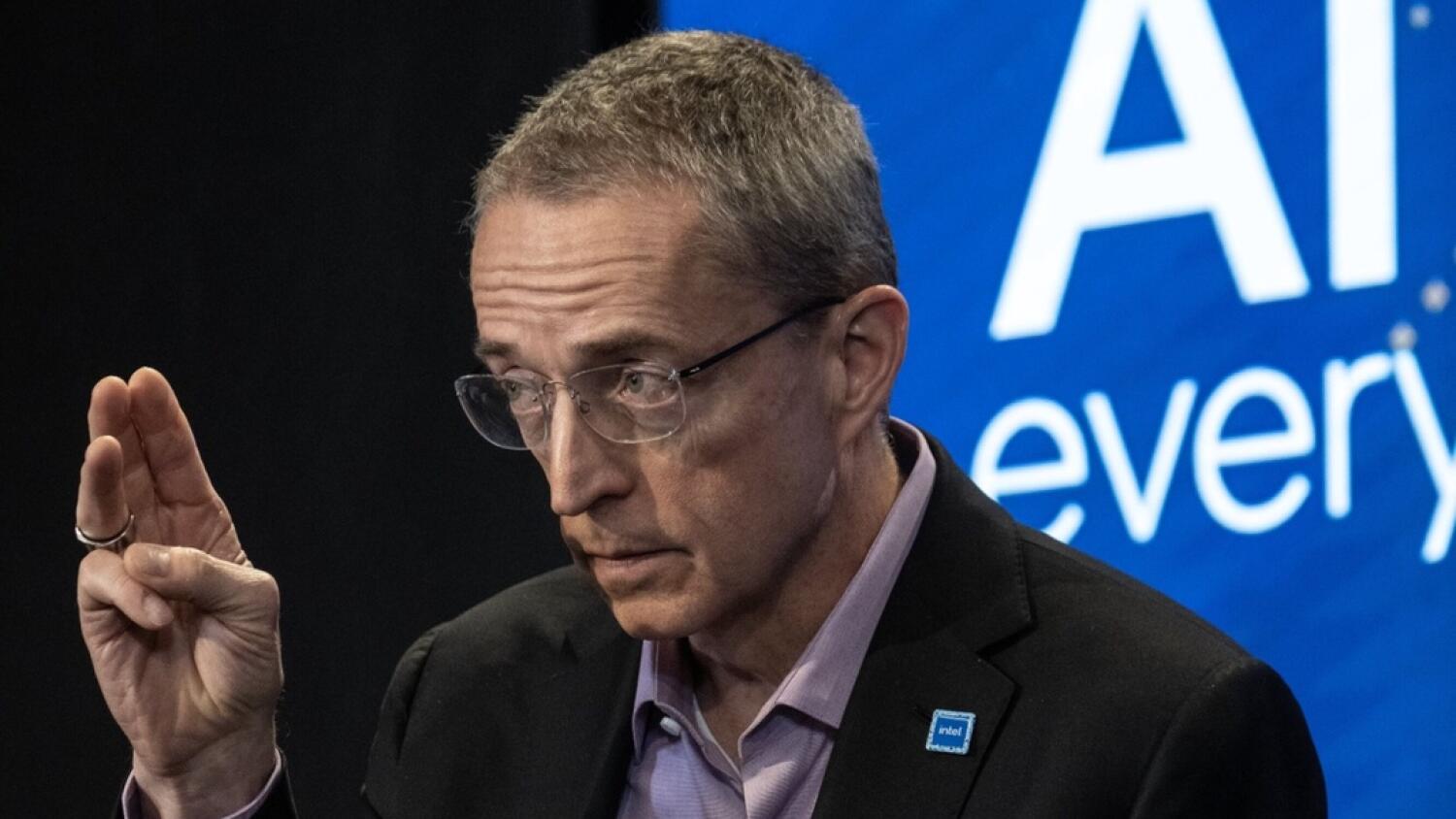Intel shares could fall in battle with TSMC and NVIDIA

Intel, once the undisputed leader in semiconductor manufacturing, is currently engaged in a battle to restore its position against Taiwan Semiconductor Manufacturing Company (TSMC) and Nvidia. Under Pat Gelsinger, Intel has invested billions to match TSMC's prowess in producing advanced chips, but the gap between the two companies continues to grow.
Gelsinger's strategy depends both on innovation in chip design and securing external customers for Intel's manufacturing, but financial pressures continue to mount.
Intel has invested billions of dollars to catch up with TSMC's advanced chip manufacturing capabilities. But despite these efforts, Intel is struggling to keep pace with TSMC in key areas such as chip density, cost and power efficiency. This struggle is compounded by slowing business that limits Intel's ability to generate the capital needed to sustain its ambitious investment strategy.
Intel was once the dominant player in the chip industry, but has lost ground to competitors who have embraced a more flexible design-and-manufacturing model. As rivals outsourced production to TSMC, they reaped the benefits of the Taiwanese company's technological advances, while Intel's integrated approach meant it fell behind.
The result has been a significant erosion of Intel's market share and a share price that has halved over the past five years.
Pat Gelsinger, the architect behind Intel's groundbreaking 80486 chip, returned to the company in 2021 with a mission to pull it out of its technological stagnation. He claims Intel is on the brink of a breakthrough, with new chips set to rival TSMC's best offering next year. But the real test will be whether Intel can produce these chips at scale, efficiently, and attract outside customers to its manufacturing services -- a challenge that remains looming.
Building chip production and upgrading facilities annually is a hugely expensive endeavor. TSMC plans to invest $30 billion by 2024, primarily in the most advanced semiconductors, with each new factory costing around $25 billion.
Intel, on the other hand, must find ways to match that level of investment, in part with the help of government subsidies and co-investors like Brookfield. Even with this support, Intel needs to spend about $19 billion annually just to keep up with TSMC's pace.
Gelsinger has committed to limiting capital expenditures to about 25% of revenue over the long term. Assuming Intel can generate $75 billion in sales, this leaves enough room for investment. But analysts predict Intel will generate significantly less revenue next year, tightening the budget for capital expenditures.
At the same time, the cost of building new factories is rising, and TSMC's capex remains robust, averaging 40% of revenue over the past ten years. This growing financial gap between the two companies underscores the challenge Intel faces in catching up.
Intel's turnaround strategy rests on two pillars: revitalizing its chip designs and restoring manufacturing dominance. While the company may be able to achieve success in the former, the latter is increasingly uncertain due to growing financial constraints.
Unless Intel can pull off a dramatic turnaround, Gelsinger may be forced to rethink the company's approach to manufacturing, potentially seeking alternative strategies to remain competitive in a rapidly evolving industry.
Latest processor - cpu
-
31 Octprocessor - cpu
-
16 Sepprocessor - cpu
AMD Ryzen AI 7 PRO 360 spotted
-
04 Sepprocessor - cpu
Intel scores big AI chip customer
-
04 Sepprocessor - cpu
Exclusively-Intel manufacturing store drawers
-
29 Augprocessor - cpu
Big performance boost for Ryzen CPUs
-
28 Augprocessor - cpu
Intel shares could fall in battle with TSMC and NV
-
28 Augprocessor - cpu
AMD is claimed to have been hacked
-
27 Augprocessor - cpu
Intel presents Lunar Lake, Xeon 6, Guadi 3 chips
Most read processor - cpu
Latest processor - cpu
-
31 Octprocessor - cpu
AMD will launch the Ryzen 7 9800X3D on November 7
-
16 Sepprocessor - cpu
AMD Ryzen AI 7 PRO 360 spotted
-
04 Sepprocessor - cpu
Intel scores big AI chip customer
-
04 Sepprocessor - cpu
Exclusively-Intel manufacturing store drawers
-
29 Augprocessor - cpu
Big performance boost for Ryzen CPUs
-
28 Augprocessor - cpu
Intel shares could fall in battle with TSMC and NV
-
28 Augprocessor - cpu
AMD is claimed to have been hacked
-
27 Augprocessor - cpu
Intel presents Lunar Lake, Xeon 6, Guadi 3 chips






